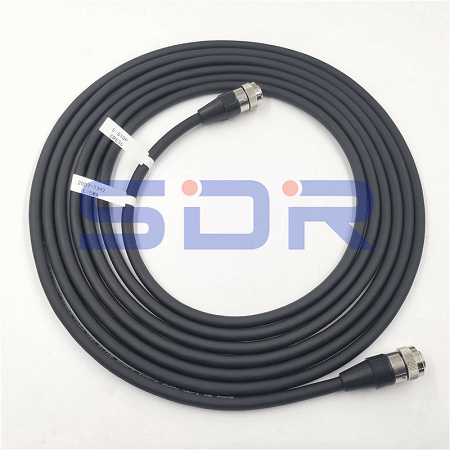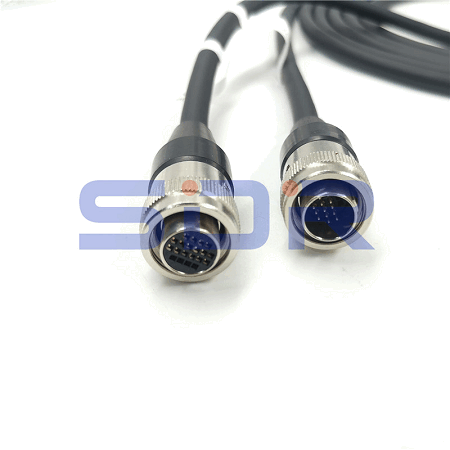The Kuka 1-6 axis body cables are an integral part of the Kuka Robot system, serving as the crucial link between the Robot Controller and the robot's manipulator. These Cables are designed to carry power, signals, and data throughout the robotic system, enabling seamless communication and control between the various components.When it comes to the material used for Kuka 1-6 axis body cables, a key consideration is durability and flexibility. The cables must be able to withstand the demands of industrial robotic applications, which often involve repetitive motion and exposure to harsh conditions. Therefore, a combination of materials is typically employed to meet these requirements.

One commonly used material for the outer jacket or sheath of the cables is polyurethane. Polyurethane offers excellent resistance to abrasion, chemicals, and oils, making it well-suited for industrial environments. It also has good flexibility, allowing the cables to move freely without compromising their integrity.
Inside the cable, various conductors are responsible for carrying power and signals. Copper is the most commonly used material for these conductors due to its excellent electrical conductivity. Copper wires are typically stranded to enhance flexibility and minimize the risk of breakage. The individual strands are often coated with a layer of insulation typically made of materials such as polyethylene, polyvinyl chloride (PVC), or fluoropolymers like polytetrafluoroethylene (PTFE).
In addition to the conductors, the cables may also contain shielding components. Shielding is crucial to minimize electromagnetic interference (EMI) that can disrupt the signals transmitted through the cables. Metallic or non-metallic materials like braided copper, aluminum foil, or polyester film are often used for shielding purposes, depending on the level of EMI protection required.

To ensure optimal performance, the Kuka 1-6 axis body cables must undergo rigorous testing and quality control measures. This includes checking for proper insulation, conductor integrity, and overall cable flexibility. Additionally, the cables are often subjected to environmental tests to assess their ability to withstand temperature variations, humidity, and other challenging conditions commonly encountered in industrial settings.
It is worth noting that while the aforementioned materials are commonly used, the specific composition of Kuka 1-6 axis body cables may vary depending on the requirements of the robot system or the preferences of the manufacturer. Different robots may require different cable configurations to accommodate specific power and signal needs.
In conclusion, the Kuka 1-6 axis body cables are made from a combination of durable and flexible materials to ensure reliable power, signal, and data transmission within the robot system. Polyurethane is often used for the outer jacket due to its resistance to abrasion and chemicals. Copper conductors with insulation coatings are employed to carry power and signals, while shielding components help minimize electromagnetic interference. Through careful material selection and thorough testing, Kuka 1-6 axis body cables meet the demanding requirements of industrial robotic applications.